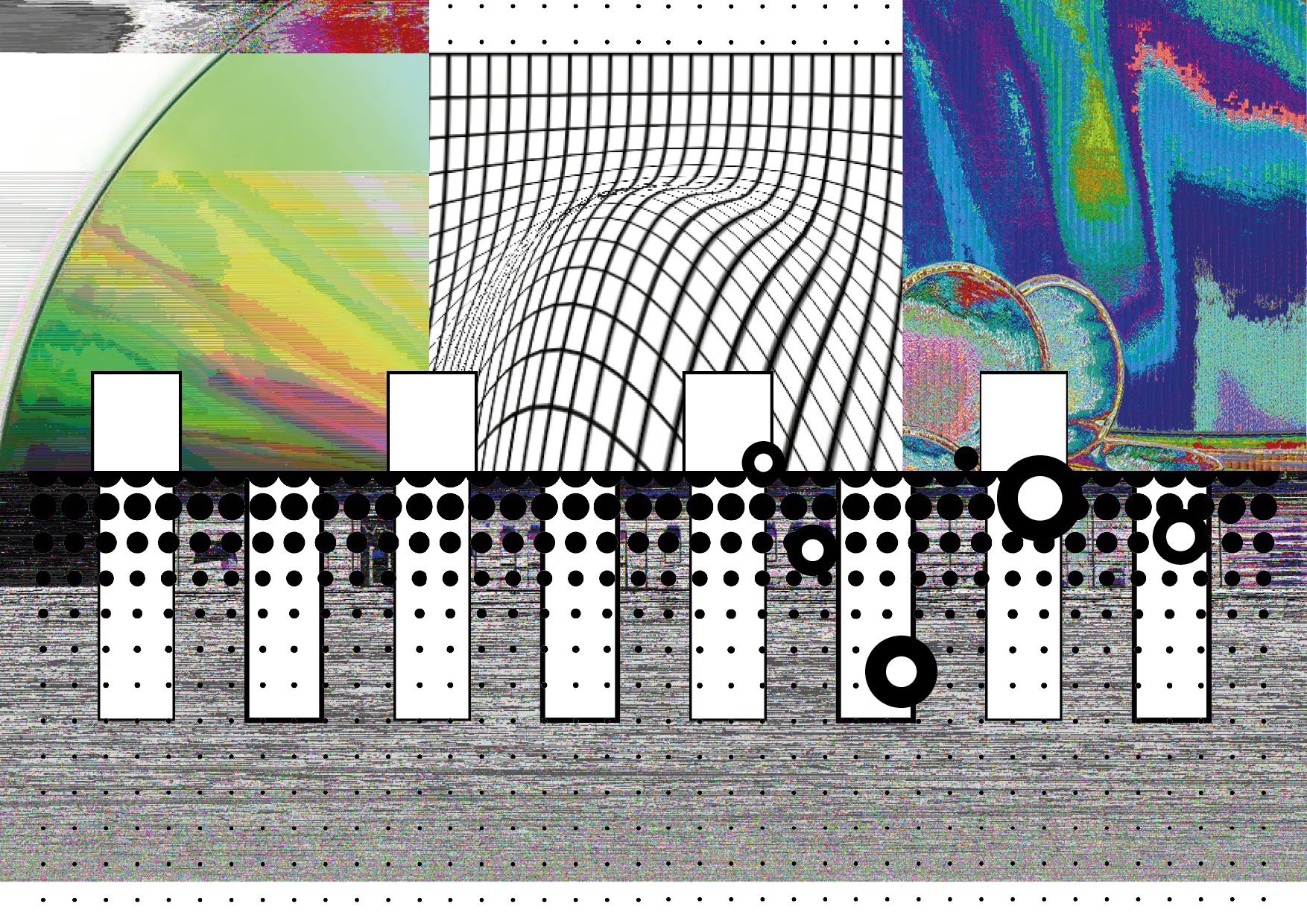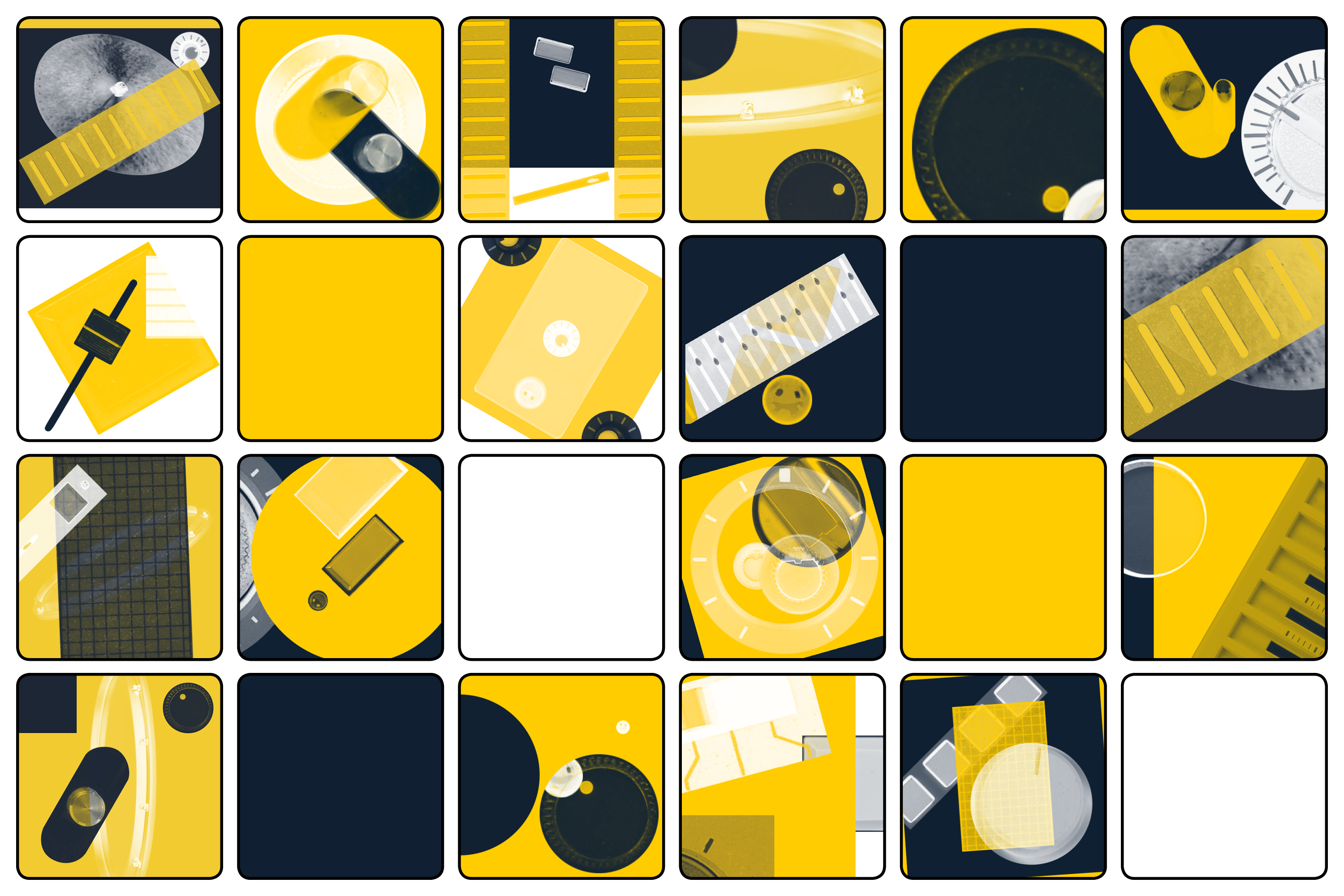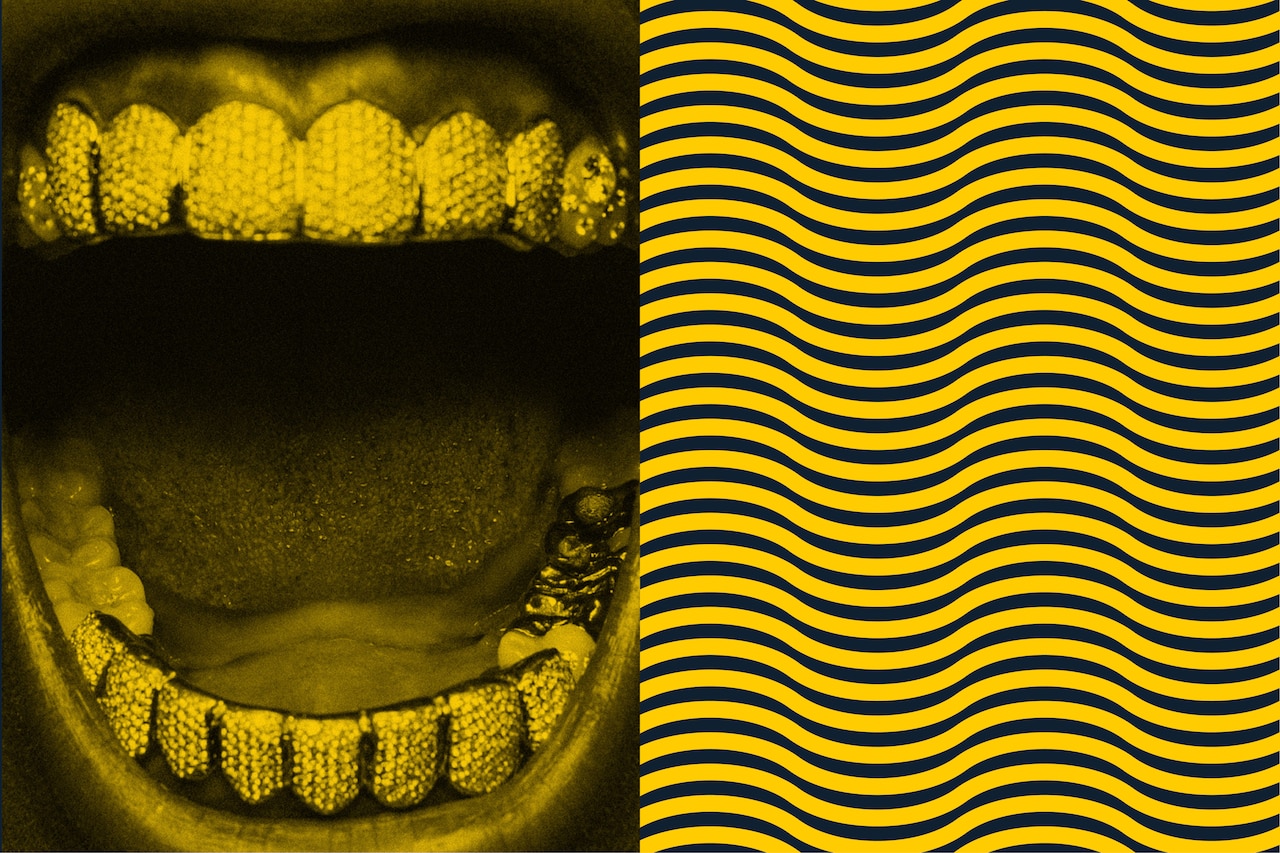
Modern Approaches, Hip-Hop: Vocals
In this edition of our ongoing series on hip-hop production techniques, some of today’s most innovative producers share tips and tricks for working with vocals
If there’s any component as essential to the culture of hip-hop as the sound of a drum, it’s the human voice. The rules of hip-hop – more like guidelines, really – are made to be broken. It is a genre that is uniquely hard-wired for constant upset. Consequently, there are as many ways to make or define hip-hop as there are participants in the culture, with newer approaches and younger participants fighting their way into the canon far quicker than it can be codified. Yet, if asked to describe the artform to the proverbial alien visitor, a preponderance of earth-people would break the complex molecules of hip-hop down to those two indivisible elements: Beats and rhymes.
This inevitably means that vocals present a unique set of challenges for a producer. On the one hand, a vocal – whether a fully developed song structure or a millisecond of a James Brown squeal providing a human groundwire for machine music – is just one more instrument among many: a single piece in a complex puzzle, one track in a session that might have hundreds of sounds and corresponding channels to be woven together. But vocals can take on a weight that is equal to the impact of all the other elements combined. To handle vocals effectively, an aspiring producer is compelled to recognize the difference between voice as instrument and voice as identity, signal and subject. They need to know when to compose or control and when to step back, when to be a ghostwriter and arranger and when to be A&R or creative partner. Trickier still is figuring out how to balance all these aspects in a single sound.
The key to mastering vocals in hip-hop production is in understanding a wide range of philosophies and modern approaches, which are exactly what we’ve assembled here.
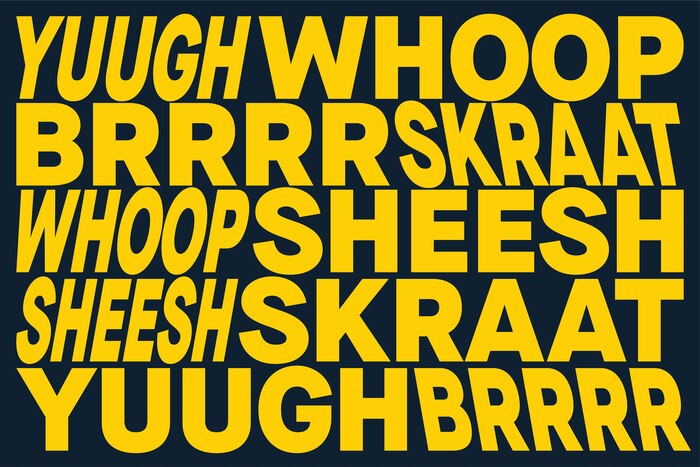
Karriem Riggins
(Detroit/Los Angeles – Common, Erykah Badu, J Dilla)
Sometimes a beat will be almost there and adding in a vocal sample will be the finishing touch. So many times I make a beat and I’ll feel like it’s not done until I have something vocally in there, or maybe some ambient sound, usually coming from vocals. I used to rob those Singers Unlimited records! Dilla put me onto those, gave me a whole stack of ’em. It’s so many “oohs” and “aahs” and chords from them singing together, the four-part harmonies. I like adding that kind of stuff in there.
Vocal arranging is something I’ve really been getting into, especially as a rapper, knowing how I want my own vocals to sound on the track rhythmically. Sometimes I do that shifting things, just finding the right pocket for everything. It’s all feeling, and how it makes me feel when I hear it. And I usually hear it the first time, like I know exactly what to do. Sometimes I don’t, but I never try to overthink something, where you keep trying different things until sometimes a song falls apart and you just try to move on to the next. I try to get the magic in it while it’s there, while it’s fresh. Sometimes it’s just in taking away something. That’s really when I get it though, is when I hear it.
With “Love Star” [for Common’s album Black America Again] I found the 45 of “You, Me And He” by Mtume, walked in and chopped it up. I did three different variations and then found one sequence that worked and it started there. Before I even added anything else, I sent that to Common and he started writing to the loop. Then we got Marsha Ambrosius and that was pretty much it. Robert Glasper came in and did an interlude on the outro, but the chop is pretty much the majority of the work, just trying to find the right pattern. Especially for a song that everyone knows, like, “How could I flip this?” Where you’re adding on to the artform and not just looping it. Some things are an undeniable loop, but especially known songs you want to bring something new to it. Common I think initially had four verses, and it was like, “Is this song too long?” Then you start to subtract things, take away a verse. “OK, it would sound good if Marsha had a verse on there.” Try to change the color of the song. Sometimes it can be one shade too dark and you want to lighten it, or vice-versa.
Mndsgn
(Los Angeles – Stones Throw)
If I’m working with a vocalist, I like to send raw ideas to people, because sometimes they have ideas or recommendations. Whether the idea is almost fully fleshed-out or super skeletal, I’ll go as far as I can with it and then share it from there if I feel like someone else can complement it.
Usually they’ll record the vocals and we’ll arrange things around the vocals. Maybe some things might sound too busy or some parts might sound skeletal, and if you want to flesh those parts out you just go by ear. Most of the time I try to keep their vocals intact; stay traditional, I guess, with the song format. I like recreating, not tearing it too much apart, still retaining that original idea the vocalist was going for. I don’t chop it up too crazy. I might take the one vocal bit and pitch it up, but mostly I like to keep it raw.
As far as my own vocals, a good example is something from the latest record Body Wash. The very last track, “Guess It’s All Over,” is actually a cover of an older song by a band called Mazarati. The beat is a cover, but I wrote completely different lyrics for it, except for the hook. The hook stayed the same, so that inspiration came from just coming across that record and feeling really connected to the harmonic elements. Then I recreated it in Ableton and laid the drums down – I didn’t write the song until much later. It took me a while to write the verses for that. And I did treat the vocals on the verse more like a synth than the original singer, more gelled into the rest of the track.
CLΔMS CΔSINФ
(New Jersey – Vince Staples, A$AP Rocky, Mac Miller)
The best results I get usually come from not thinking too much about arrangement if I’m going to give [something] to a vocalist or somebody to write to. Sometimes it’s easier for a vocalist to get their ideas in and get their thing going creatively if there’s not too much going on. Everybody’s different, but I used to make things that were almost fully finished and I wouldn’t get a lot done, I wouldn’t get a lot of people to write to them. Now I realize if I simplify things and they do their thing on it and I take the vocal back and build around that, that seems to be the best way. So I try to keep things fairly simple, maybe have two different sections, but not go crazy on arrangement and say, “Here’s a full track with a bridge and an ending” and all this stuff. They have to fit themselves in that, so it might be harder to get in a creative zone.
The track Vince Staples did for my album [“All Nite”], the whole bridge part was done after he gave it back with vocals. I sent him a rough version of the beat, a simple version that was basically just the first part of the beat looped up. He wrote two verses and a chorus to that, then I took it back and I added a bridge part. Then we got back up in the studio and he recorded new vocals to the bridge, so we went back and forth a few times. Once I got his final vocals to where he was happy with everything, he wanted to re-do his verses and choruses as well. He did a rough vocal version first, then he wanted to a whole new version, just a re-take of that, so we did that in the same session as the bridge.
I usually don’t do too much of chopping up the vocal. If anything, I usually will do that beforehand, just as part of the beat, but unless it’s some type of remix I usually don’t do too much of that in post-production. I won’t go too crazy effecting what they’re gonna do vocally – I just work more on the arrangement, or I’ll use vocal elements in the beat. Sometimes it’s my own voice that I’ll record into my phone or with the little mic that I have, or just people that I’m working with in the studio. If I have stuff that’s left over that never got used I might use that, or singers or artist that I work with will just send me little clips of ideas that I can work with. Sometimes it’ll be other people that I worked with before or sometimes it’s finding stuff online. It’s really a wide range of where I will get vocal stuff from.
When it comes to layering ad-libs, I try to not get too in the way. If there’s something that I feel like I need or that I want to hear from them I’ll let them know, but I try to get what’s natural for them, what they want to do and not interrupt that process. I’ll give them an idea or advice on something I think will work, but I try not to get too involved with that, just let them be accurate with what they want to do and what they’re feeling.
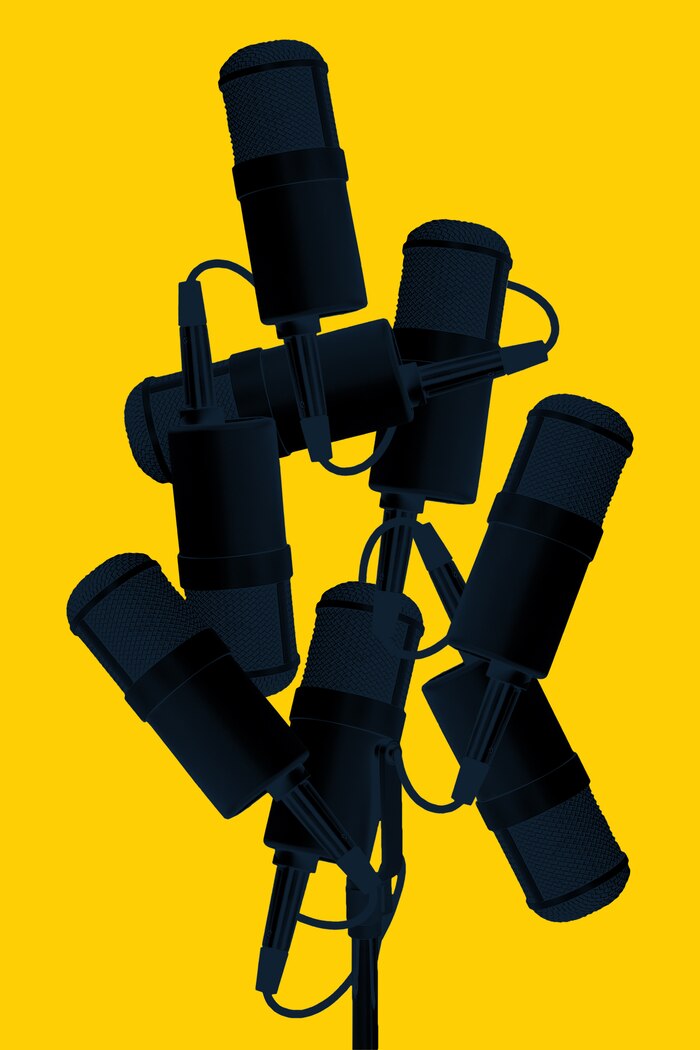

Crystal Caines
(Harlem – A$AP Ferg, Baauer)
I’ve used a lot of vocal snippets in my work, whether it’s KRS-One saying “Buck!” or whatever. it’s usually from a record, but sometimes I use my own voice if I can’t find it. If I can’t find what I’m looking for, I create it. If I sample myself I will put it in and out of the track, because I don’t want it to sound too repetitive – I just want it to sound like a great body of work without my vocals being the main focus. So if I sample myself I would probably put it in around the hook area or the last eight [bars] of the verse.
When it comes to processing vocal samples, I usually go to FilterFreak, distortion and bitcrusher. Those are the things I go back to, but sometimes I have so much mixing software on my computer that I don’t know how to use because I never opened it. So sometimes when I’m feeling experimental, I’ll just go and open it and click stuff and hear what it sounds like, ’cause I really don’t know what it does.
I wouldn’t normally pass off an unfinished arrangement to a vocalist, but that’s because when I create, I don’t create for someone else. I create for me. I feel the only way I would send out the main loop by itself is if I never finished the record. Then I would go back and put more instrumentation on top of it. But everything else, if I send it out, it’s pretty much done, unless they wanted some extra stuff on top of it. If the track is for me, it’s different. Because if I am making the beat, I will use my voice as an instrument. If my voice went to the same place that the instrument did? Then I’ll take the instrument in a different direction. I usually arrange around my own vocal even if I don’t end up using the track for myself.
Suzi Analogue
(Baltimore/Brooklyn – Never Normal Records)
I have a choral background, so I have to have a nice, solid melody, but I don’t really start with vocal ideas. I make straight-up instrumentals, and that’s for all my tracks, even the ones I’ve written full-out songs to. I’m just trying to make the beat, and then I’ll hear a phrase that could be sung, and then I’ll treat the vocal just like I would treat a synth or a drum line. So if I make it an instrument, I’ll be like, “Oh, I can hear a phrase” – this specific phrase – ’cause I’m also a songwriter, so I might hear a phrase or a word spoken that really sticks with me. Sometimes the melody is just so pretty I could see some singing or a rap. It might be so gritty that I’ll be like, “Yo, somebody needs to spit over this!” That’s kind of my approach: I treat the vocal just like an instrument.
I do sample my own voice a lot. I save adding vocals for the very end because I don’t want to add the vocal too early. Then I have a lot more to figure out as far as what sounds could support it. With ZONEZ, V.3, I didn’t even record vocals until the tracks were built up. I recorded vocals from a bunch of different people, not just myself, and I didn’t even add them ’til the very end.
I always chop all the vocals up, so even if someone sends me a vocal, I’ll ask people all the time: “Send me five minutes of you doing this, or saying this phrase, or trying this concept out.” They’ll send me back five minutes and I’ll just chop it up based on the intonation of their voice, the way they’re saying it, the attitude, the rhythm and the whole vibe. I’ll chop up, I’ll listen to everything and use the parts that make the most sense for the track so it really fits the music. But I’ll also sample myself in that way and chop up my own vocals, and when I chop them I chop them up to the millisecond – I’m a crazy chop person.
I usually keep the source of the vocals organic to one track. I still have leftovers, and that is something I’ve been thinking of lately, because I have leftover vocals from so many people. “I wonder if I could re-use this?” I haven’t quite done that yet, as far as just re-integrating a vocal that I’ve used before, but it’s a possibility.
Suicideyear
(Baton Rouge – Mikky Ekko, Autre Ne Veut)
When it comes to arranging to a vocal, it’s usually the other way around for me because I do more remixes. So first I’ll get a feel for the track I want to remix. What I’m trying to accomplish when I do a remix is to completely put it in a different mode. Whenever I hear the original, I like to get a couple listens for it and then try to create some shit to complement it. Usually Ableton is really good for creating melodies – I like the sandbox quality of it. It allows for a lot more experimentation with the sound or the samples than FL. So most times I start all my remixes in Ableton and then transfer it out.
I usually try to keep the main vocals together, but there’s been a lot of times, like in the Mikky Ekko remix [“Mourning Doves”], I used a lot of his vocals and sampled them. In the end there’s a really big part where it sounds like a horn, but I just sampled Mikky’s voice down 300% speed or something. I’m never like Burial with it. I wish I could be, but I do more subtle stuff if I can.
When it comes to stuff I’ll do to manipulate vocals, a lot comes down to using samplers. I really like a lot of samplers on FL, like one called Gross Beat. You’ll hear Gross Beat in a lot of modern rap songs. Really, Gross Beat is really like its own DAW. The shit you can do in it is insane. It’s like a time manipulator, pitch manipulator. I’m not even sure of all the shit it can do!
Supah Mario
(Columbia, South Carolina – Drake, Young Thug, 2 Chainz)
I’m a vocal sample freak. I love adding vocal stuff to the track, just to give the artist or whoever’s supposed to sing on it the idea of what notes they should be hitting. Certain ad-libs that I know they won’t incorporate, I’ll do it myself, because I know it’s supposed to be there and maybe they’re not thinking about it. I put those in as a reference, possibly to be taken out. It’s always my hope that it stays there, but it depends on what the artist wants. Some artists might be like, “I like that, let me just re-sing that.”
I don’t sample my own voice, I’ll just use little vocal samples that are in packs that I bought online. Some of them are actual phrases, some are just vocal stabs where it’s not real words, but I use them in terms of indicating, note-wise, what note that person should be hitting.
I don’t always have to be involved in the vocals process. It depends on what the track is, who’s working on the track and how much I love the track, pretty much. If it’s something that I really care about, an artist that I’m close to, I definitely want to be there [for the vocals]. Because sometimes you know, “Man, this is a hit,” if they just do it right. So I want to be there in the room to make sure it goes right.
I will absolutely treat the vocal as a sample and chop it up. I’m all about post-production, so if vocals are laid down and I feel like the song is not quite arranged properly, I’ll chop the vocals up and move them around. Tailoring the arrangement to the vocal means basically copy-and-pasting, slicing. Let’s say I had a hook and there’s an ad-lib on the hook, I will usually take the hook as one WAV file, copy the WAV and put it on another channel right next to it, under it, and then cut all the pieces off of it that I don’t like, instead of automating the volumes up or anything like that. I’m not really good at that automating and getting it right on point, so I’ll cut everything else off and just leave the ad-libs, then boost the volume on the second, copied version of the hook. If I want to turn up an ad-lib and all I have is a WAV file and nothing separated, I’ll just copy the whole hook and single out that one spot where the ad-lib is, and just copy and paste it back to the same spot to make it hotter.
The rest is basically just listening to the song. If you feel like that person says something really strong in that spot? I’ll drop out all the instruments for like 0.2 seconds and then bring them back in. Or I might just take out some pianos or whatever. I’m minimal when it comes to hooks, so if I know a hook is about to come in, I start to take out stuff, start building it up, blasting it, ’cause all it’s gonna do is fight against the person’s vocals
Nine times out of ten, though, I’m not working on that person’s vocals, so I’m always trying to have everything set up for them in the arrangement. But it’s hard for us to guess what your sound is supposed to sound like. It makes it difficult, but I do the standard 12 / 8 / 12 / 8 intros, all that type of stuff, and nine times out of ten, somebody like Young Thug, they just gonna rap to it how it is. He’ll find a way to adjust to it. But then you got some artists who are like, “Well, I don’t know what to do here.” And they’ll send me back a version and be like, “Yo, can you change this part and switch this around? Can you put this section in the beginning?” Which is why a lot of the real [vocal] arrangement gets done in post-production.

Harry Fraud
(Brooklyn – Surf School)
You always arrange around the vocal at the end of a song, but I don’t wait for the vocal. When I deliver a track to a vocalist, it has the arrangement, always, always, always. I’m never handing you two minutes of the same thing, ever. Unless it’s meant to just loop for two minutes, like a Wu-Tang beat. If I’m giving you that, it’s super deliberate, otherwise I’m giving you something that’s arranged and then once you lay your stuff, I’ll tailor it. Tailoring is different from arrangement. With the artists that I work with, mostly I’m the one engineering it, too, so I can just tailor it on the fly. For instance, when I record with French [Montana] he won’t not let me engineer. [Action] Bronson, I engineer everything.
Tailoring could mean removing things to make space for the vocal, it can mean taking an element that they did for the verse and turning that into the hook. It can be taking the beat that I intended to be the hook, but they just wanted to start rapping on that part of the beat – that might become part of the verse and we alter what becomes the hook. You give people a sketch of the arrangement how you see it in your mind and then they come in. Oftentimes artists don’t get enough credit for being their own vocal producers now, because artists A&R and produce. Rappers especially, when they’re chopping up your beat? That’s a form of production.
So you give your idea of what it’s gonna sound like, and then they have their idea of how the arrangement is gonna go. A lot of time artists will just defer to you and say, “Yo, where does the verse start?” And if you say, “Oh, the verse starts there,” [the response is], “A’ight, cool. Loop that for me so I can write my verse to that.” They’ll just go within your structure. Then sometimes you’ll go within their structure. A lot of times French does that. I’ve given French old beats and he’s been like, “That’s not a great beat, but I love this eight bars. I want that to be a more focal part of the beat” – and then that might become the main part of the beat, what you thought would be the hook or the breakdown. It’s really important to be flexible and give the artist as many good options as you can. Don’t throw in parts just to throw in extra parts. If it’s not a good part, don’t bother. But give the artist as many good options to spark their creative nature, ’cause ultimately that’s what you’re doing with the beat. You want to inspire them.
As far as treating an artist’s vocal as a sample, that’s a case-by-case thing. It depends on the artist that you’re working with and how much they trust you to do that. An artist like Action Bronson wants to lay his verse down in one take and not punch in, and that’s the verse. If you took a piece and made it into an amazing hook, he’s not opposed to that. But he’s also not going to have you taking the 4th bar and making it the 12th bar, taking the 9th bar and making it the 3rd bar. Whereas somebody like French, for instance, is more inclined to let me run wild. If he doesn’t like it, he’ll tell you he doesn’t like it, but he’s gonna let you try.
I’ll totally use vocal samples – in the beat, though. I’ll chop up anything. I think that there should be no downgrades for that. A lot of my records have had vocal samples for eight bars for the whole hook. Especially some of the earlier mixtape stuff, because I was obviously a huge fan of Dipset, and it leaned on that type of stuff. I would incorporate huge vocal chunks of hooks and stuff like that. Now, because I’ve built up such a huge catalog of my musicians coming in and playing in my own studio, even as much as once a week I have live musicians around me just come create source material, just sing and do anything. I’ll dig through that and take a little stab or a little phrase of a vocal.
Linafornia
(Los Angeles – Indie)
In my work, I’ve mostly used vocal snatches from various records, like Busta Rhymes. I like to use a lot of Busta Rhymes ad-libs – he has ad-libs! Ad-libs or little snippets of records from other rappers, that’s what I usually use. Or then I’ll probably voice-record a friend saying something really cool, add a delay over it or have them do a drop for me. But usually I use my voice recorder for atmospheric sounds, just like textures.
Those vocal snatches are not something that usually sparks a beat – that comes at the end when everything is done and I’m just playing around at this point. When I start to dress it up and run these beats through my [Roland] SP-404 or my 555, it’s usually at the end when everything is done, like the little cherry on top.
Otherwise, I haven’t done a lot of vocal tracks, but I am working on something with Georgia Anne Muldrow – I’m really excited about that. I just sent her beats that I’ve made or beats that I’ve been working on to see if she likes anything. What’s happened so far is, I sent her a couple beats I’ve been working, she wrote some stuff to it and she recorded it and sent it back to me. I listened to it and she gave me a lot of different material to work on, so now what I’m thinking is I’m gonna ask her to send me some vocals so I could re-arrange it and do the beat. The way I have my beats set up, I have different variations of different parts of the beat that I can switch around different segments assigned to different pads that I trigger. So with the vocals she gives me I can tailor the beat to fit her verse or whatever hook that she has. I can mix and match, piece it back together to make it sound more cohesive.

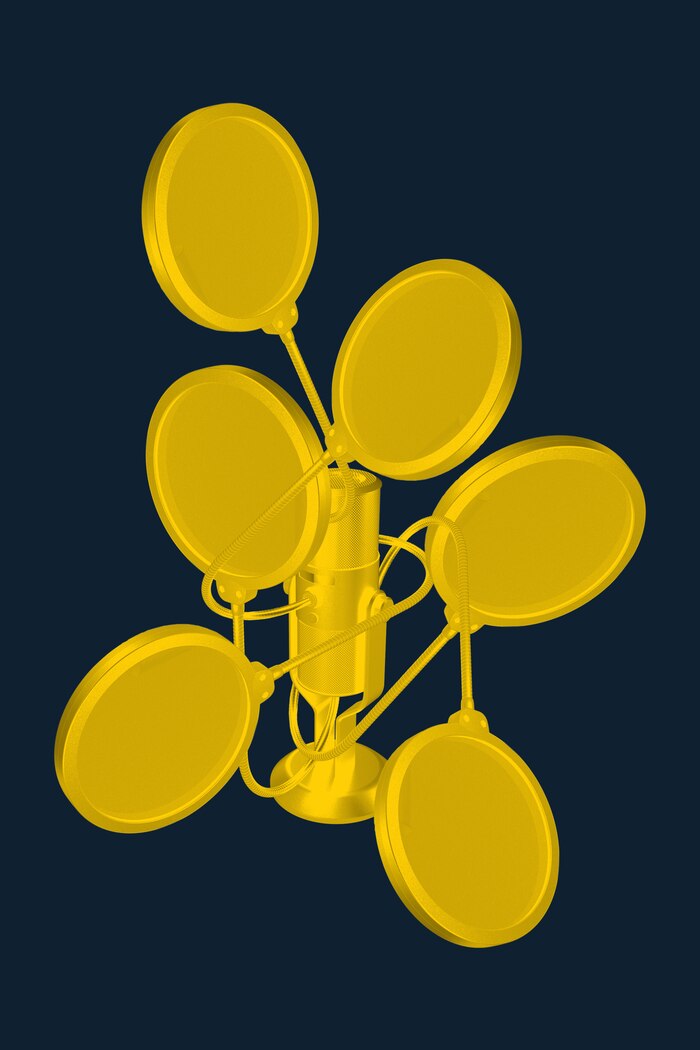
Georgia Anne Muldrow
(Los Angeles – SomeOthaShip Connect)
Usually with my vocals – well, they ain’t no usual way I do nothing – but I tend to take the real experimental material for my own vocals. People can only go so far with you. I’ll make something that sounds like some Jimmy Jam & Terry Lewis-type track that’s real saucy and real Alexander O’Neal and I’m thinking, “Somebody should rap over this!” But that might not make sense to anybody else. For myself, I can take the liberties and just go for certain things, stylistic-wise, that wasn’t the obvious thing.
Especially MCs, I like for them to try new stuff, because that’s one thing [that bothers me]: sometimes folks just want this one sound all the time, and I don’t think I’m focused enough to do that. I got to do all different kind of music that’s inside. I think if MCs was more adventurous, rap would be a lot more fun right now. But I think MCs are so competitive, so it’s like the competition is messing up the creativity. Like, “Oh, this banger worked before, I want another banger.” It’s always one certain thing, and what happens is things start to be dated. You could be nostalgic, you could be all types of different things, instead of just trying to be hot.
For my own stuff I might stretch out and do this and do that; I might do something where I’m recording [vocals] on my headphones. I might do something where it’s just overdubbing the bass a gang of times with a drum track and then freestyling and singing over it and it becomes something that people really connect to. This is the way I pray in my music, you know? My music is my prayers.
I sample myself all the time. It just depends on what the song is. It could be all types of stuff where I’m trying to get this feeling, because if I can sing it fast then it can be on there right away, instead of digging for the perfect sample. That’s all I’m really doing, anyway, playing a few bars of this, a few bars of that, sampling myself, and it comes down to sounding like something that was already made.
Sometimes I will sing a whole beat. I used to do that a whole lot earlier on. A lot of stuff I used to do was like real Rubber Band funk, trippy. I mean, I still got that pot, that’s still there. I just know that not everybody can hear that, y’know? It’s still there, but I had to show more range, I couldn’t just stay there. Right now, I like a lot of unison tunes. Like, how many different sounds can you have singing together, with their own tunings and singing a single line? Diverse melodic lines, I’m more into that because that’s something everybody can sing together.
Header image © RBMA Daily
